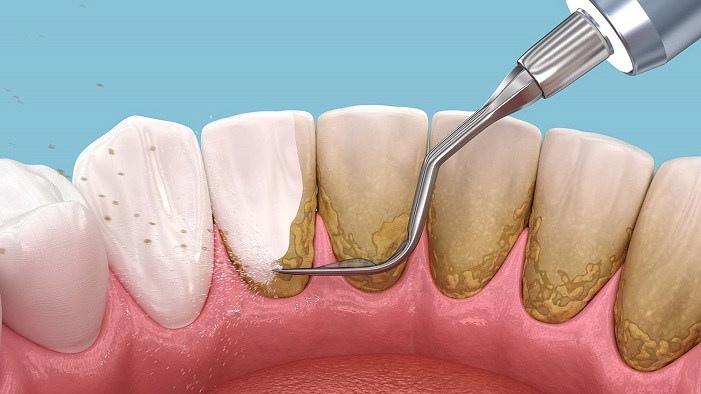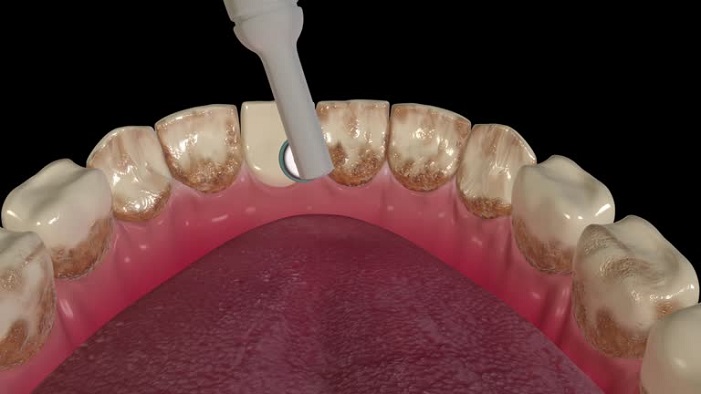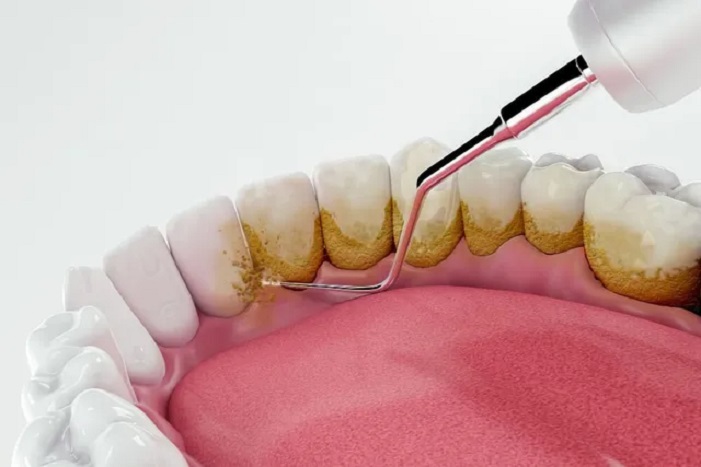How to Remove Tartar from Teeth Without a Dentist

Have you ever noticed hard, yellowish, or brownish buildup on your teeth that brushing just doesn’t remove? That’s tartar. It forms when plaque hardens over time, and while it’s best to prevent tartar through good oral hygiene, sometimes it happens despite our efforts.
As someone who’s had experience dealing with tartar at home, I’m here to share practical ways to reduce and manage it—without a trip to the dentist. Let’s get started!


Understanding Tartar and Why It’s a Problem
Tartar isn’t just a cosmetic issue. It’s a hard mineral deposit that can lead to:
- Gum disease
- Tooth decay
- Bad breath
- Increased sensitivity
Tartar makes it easier for more plaque to stick to your teeth, creating a vicious cycle of poor oral health. Removing it is essential for a healthy, bright smile.
1. Brush Properly and Consistently
This might sound obvious, but the way you brush matters more than you think. Use a toothbrush with soft bristles and fluoride toothpaste.
Here’s how to brush effectively:
- Brush twice daily for at least two minutes.
- Use gentle circular motions to clean all surfaces of your teeth.
- Don’t forget the gum line, where tartar often starts to build.
An electric toothbrush can be a game-changer because it’s more effective at removing plaque, which prevents tartar formation.
2. Try Baking Soda and Water
Baking soda is mildly abrasive and can help break down tartar over time. Here’s a simple method:
- Mix one teaspoon of baking soda with a little water to form a paste.
- Apply it to your toothbrush and brush your teeth gently.
- Focus on areas with tartar buildup.
Use this remedy once or twice a week, but not more, as overuse can erode your enamel.
3. Use a Tartar Control Toothpaste
Not all toothpastes are created equal. Look for one labeled “tartar control” and make sure it contains fluoride. Some toothpastes also include pyrophosphates or zinc citrate, which help prevent tartar buildup.
4. Rinse with White Vinegar
White vinegar is another effective home remedy. Its acidic nature helps soften tartar and kill bacteria. Here’s what to do:
- Mix two tablespoons of white vinegar with a glass of warm water.
- Add a pinch of salt.
- Rinse your mouth with this solution daily.
The taste might be strong, but it’s worth it for the results.
5. Floss Daily
Flossing is non-negotiable if you’re serious about removing tartar. It’s the only way to clean between teeth and along the gum line, where tartar likes to hide.
Here’s how to floss properly:
- Use about 18 inches of floss and wind it around your fingers.
- Gently slide the floss between your teeth, making a C-shape.
- Avoid snapping the floss to prevent gum irritation.
6. Chew Raw Fruits and Vegetables
Crunchy fruits and veggies like apples, carrots, and celery can help scrape off plaque and tartar naturally. Plus, they stimulate saliva production, which neutralizes acids in your mouth.
For an extra boost, try rubbing a small piece of orange peel directly onto your teeth. The vitamin C and natural acids can help soften tartar.
7. Oil Pulling
Oil pulling is an ancient practice that involves swishing oil in your mouth to remove toxins and bacteria. Coconut oil is a popular choice due to its antibacterial properties.
Here’s how to do it:
- Take one tablespoon of coconut oil.
- Swish it around your mouth for 10-15 minutes (don’t swallow it!).
- Spit it out into a trash can (not the sink, as it can clog pipes).
- Rinse your mouth with water and brush your teeth.
8. Use Dental Tools at Home (with Caution)
If you’re confident, you can purchase dental kits online that include tartar scrapers. However, be very careful to avoid damaging your gums or enamel. It’s best to use these tools sparingly and gently.
Preventing Tartar in the Future
Once you’ve removed tartar, keeping it at bay is easier than removing it again. Here are some prevention tips:
- Drink plenty of water throughout the day.
- Limit sugary and starchy foods.
- Use mouthwash to kill bacteria and reduce plaque.
- Visit your dentist regularly for checkups (even if you’re managing tartar at home).
When to See a Dentist
While these methods can help manage tartar, there are times when professional cleaning is necessary. If you notice:
- Severe tartar buildup
- Bleeding or swollen gums
- Persistent bad breath
It’s time to book an appointment. A dentist has the tools and expertise to remove tartar safely and thoroughly. Read More




